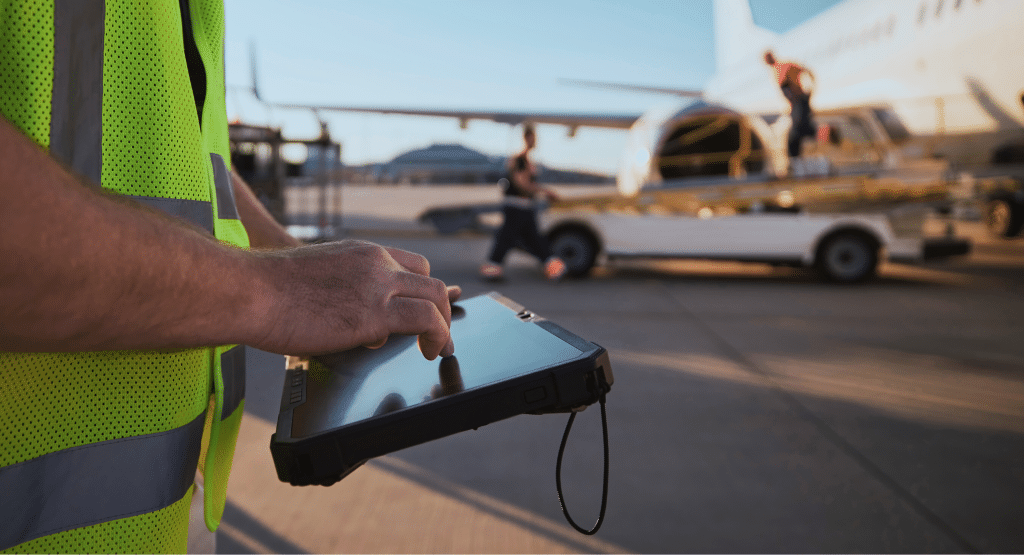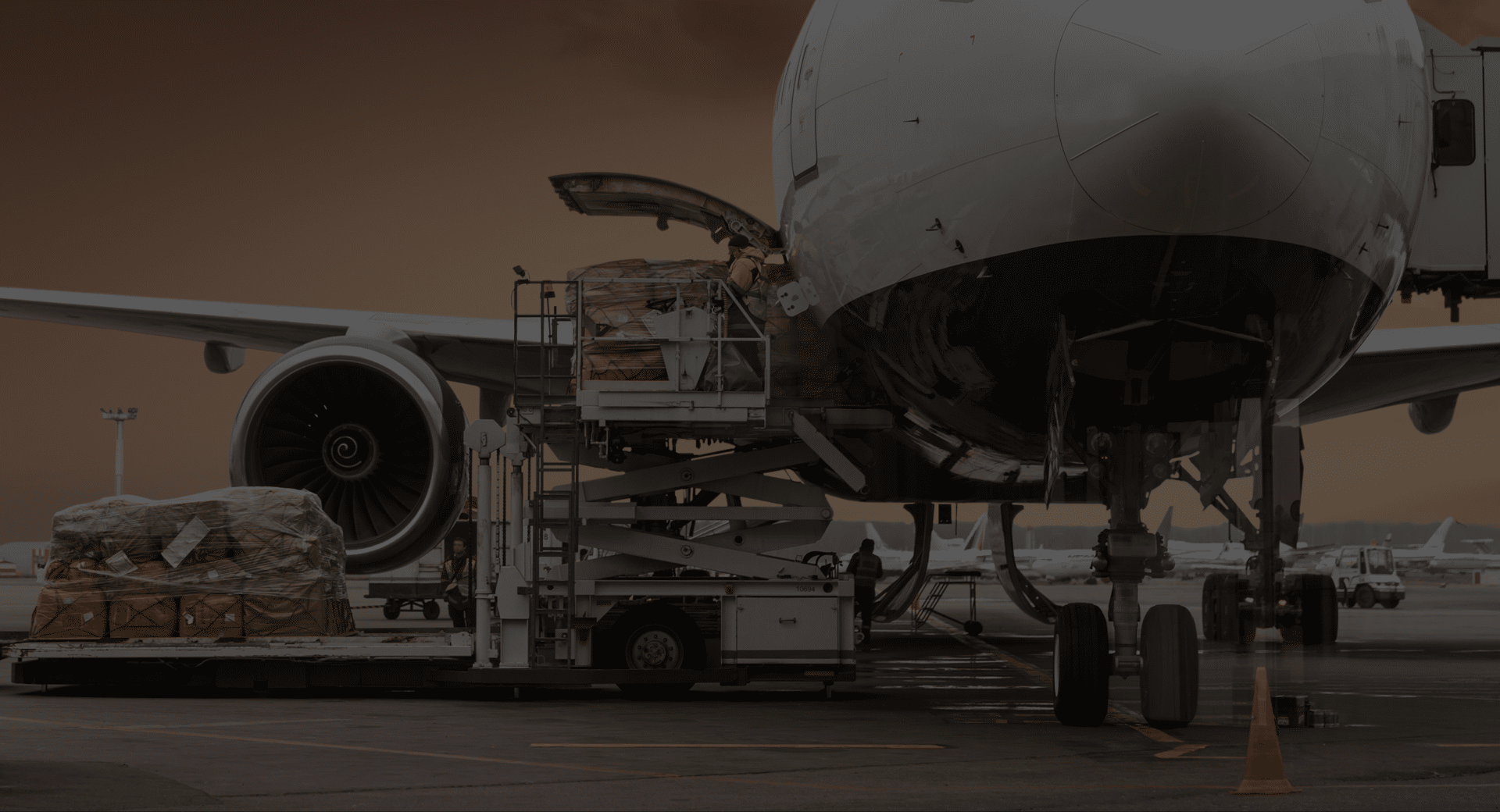Rols.
- Ramp Offload and Load Supervisor -
Replaces paper-based Load Instruction Reports (LIR) with a mobile application that guides ramp supervisors and staff through pre-sequencing, loading, and off-loading while ensuring aircraft safety and compliance.

The Challenge.
Replace paper LIR (Load Instruction Report) with a mobile app.
ROLS is one of the few systems that look at the loading reconciliation process from an operational point of view.
Upon reception of the LIR data from the load control system, ROLS calculates the load sequence for each individual load on the aircraft. That load sequence reflects the physical movements of load units from the moment it is placed on the high-loader until it arrives at its final position.
Confirming that a load is placed on its indented position also implies that the locks are raised. In that respect, also empty positions are part of the load sequence and need be confirmed.
The Approach.
ROLS Loading : Two phase process
• Ramp Safety
Prior to the execution of every movement, ROLS calculates the aircraft stability to avert a tail tipping event. A tail tip warning alerts the loader in advance and stops operations for that particular deck until more weight is loaded in the front of the aircraft.
All events that result in a change of the center of gravity of the aircraft are recorded in ROLS. For example, the status of fueling, temporary movements of freight, etc.
• Flight safety
The load sheet is based on the positioning of the load according to the load plan. It is therefore crucial that ROLS assists in ensuring that every load is correctly positioned.
The airworthiness of every load can be confirmed in ROLS. Additionally, all elements of the load can be double checked, such as weight, dangerous goods code, etc.
• Communication with load control
Verbal communication with load control is reduced to a minimum by using a chat mechanism and/or structured messages. An example of the latter is the request from the ramp to move a unit to another position.
All actions executed on the ramp are communicated back to the load control system. In this way, load control knows the status of the loading process and can take this into count for further planning or changes to the planning.
• Short turnaround
Operating ROLS requires a minimum of data entry. Where possible, bar and QR codes are scanned to identify units. Where bar codes are not available, OCR can be used to “read” for example ULD numbers.
Because of the sophisticated calculation of the aircraft stability, multiple decks can be loaded at the same time. Or even unloading and loading can happen simultaneously.
• Statistical Information
ROLS is keeping track of the critical times of the loading process. The dashboard shows the planning versus the actual timings.
Every action executed on the ramp is kept as a historical record that serves as the basis for eventual incident investigations.
Modules.
Discover our industry-specific case studies and client successes:
- Airlines
Airlines.
From cockpit load sheets to ramp instructions — our software supports cargo airlines with safe, efficient and ACARS-connected operations.

